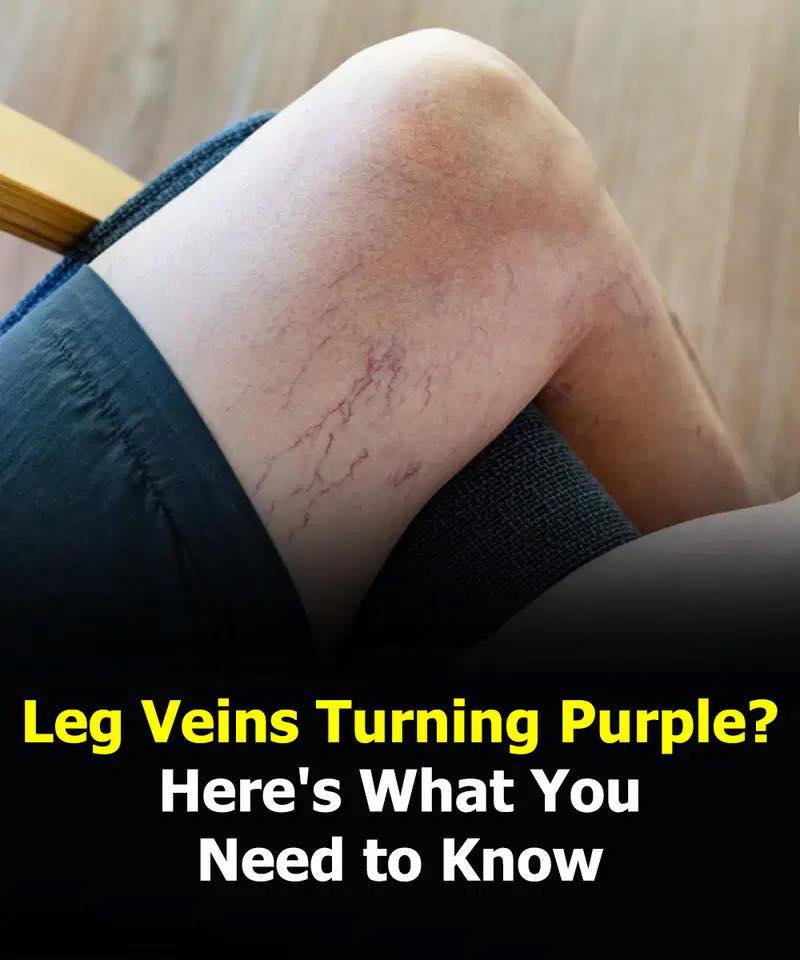Purple Veins on Legs: Causes and Remedies
Purple veins on the legs are common and are especially frequent in older adults or in people whose jobs require long hours of sitting or standing. At first, these veins mainly affect appearance without leading to discomfort. Still, over time, they may pose significant health risks. This article will help you understand the causes, symptoms, treatments, and preventive measures for purple leg veins.
Common Causes of Purple Veins on Legs

The causes of purple veins on the legs are various, ranging from genetics to lifestyle habits and underlying health conditions:
Genetics: This is among the most common causes. If someone in the family has this condition, other family members are at higher risk. Researchers have identified genes linked to weakened blood vessel walls, which can be passed down through generations.
Sedentary lifestyle: Sitting or standing for long periods of time reduces blood circulation in the leg veins, causing blood pooling and increased pressure on vein walls. Over time, this weakens the veins, causing purple veins to appear.
Overweight and obesity: Excess weight places extra pressure on the leg veins, increasing the risk of purple vein formation. The heavier the body, the harder the veins must work to push blood back to the heart. Gradually, this weakens the vein valves and results in visible purple veins.
Could Purple Veins Be a Sign of Disease?
Apart from the causes above, purple veins can also signal underlying health problems, such as:
Chronic venous insufficiency: When vein valves in the legs fail to function properly, blood pools in the veins, leading them to enlarge and appear bluish-purple.
Vascular issues such as arterial blockages may also make contributions to purple veins.
Leg injuries from trauma can temporarily cause purple veins.
In certain cases, purple veins may be linked to cardiovascular conditions, often accompanied by shortness of breath and chest pain.
Type 2 diabetes can weaken blood vessels in the legs, leading to dilated veins and visible purple veins.
If left untreated, purple veins on the legs can lead to complications such as venous ulcers, deep vein thrombosis, or phlebitis. That’s why early recognition is crucial.

